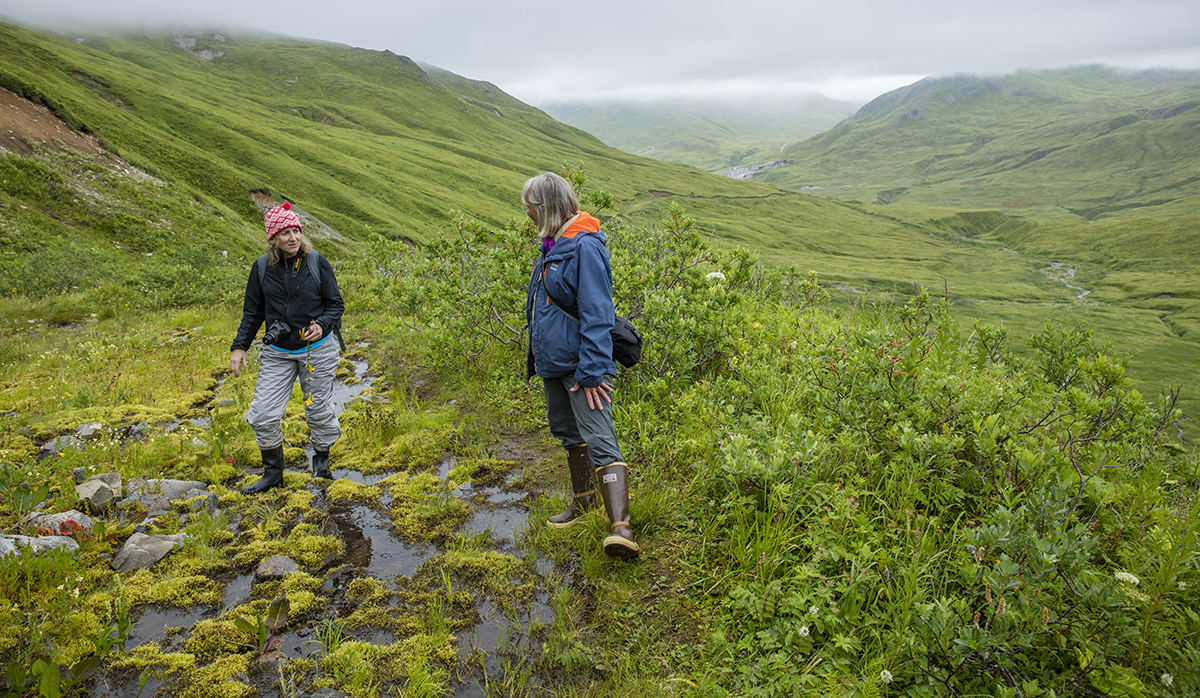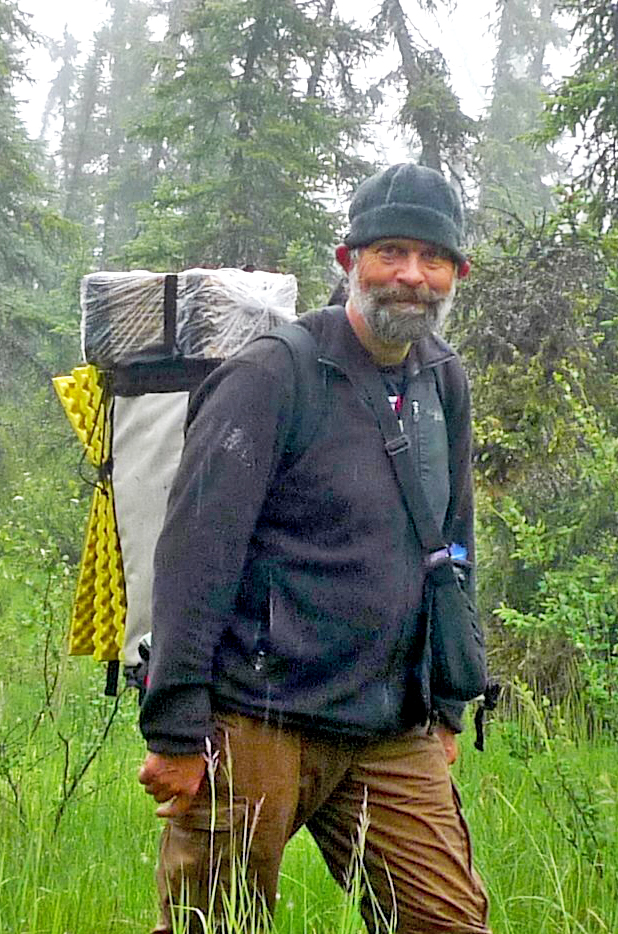Museum to create online database of Alaska flora
August 29, 2018
Theresa Bakker
907-474-6941

It has been more than 50 years since scientists completed a comprehensive survey of Alaska’s plants. Now the University of Alaska Museum of the North will use a nearly $500,000 grant from the National Science Foundation to create an innovative online database of Alaska’s plants.
Curator Steffi Ickert-Bond credited the successful award to the museum’s curator emeritus, David Murray, and others who built the herbarium’s collections of 270,000 specimens and their digital metadata.
The funding will allow the museum, working in collaboration with botanists at the University of Alaska Anchorage and elsewhere, to compile much of what's known about Alaska's flora. The compilation can be used to support natural resource management and biological research on plants and vegetation.
“We are building on a legacy of infrastructure,” Ickert-Bond said. “Alaska is a perfect context for a pioneering data integration project like this. The relatively low plant diversity this far north, of about 2,300 vascular plants, is manageable to work with for a three-year project.”

Vast amounts of relevant botanical resources already exist in digital form, such as images, publications and data obtained from observations, including geographic locations and dates. Yet, they are scattered and not easily integrated. The NSF funding will allow the museum to develop a database to link these resources and share them. The work will also serve as a model for similar enterprises elsewhere.
A key element of the project will be to link different opinions about species definitions. Co-principal investigator Campbell Webb, also with the museum, said there can be a misperception that scientists already know exactly what each species is.
“Nature is really messy,” he said. “Some species are clear-cut, but many are little-known and hard to define. Experts differ in their opinion about which collected specimens fall into which species categories.”
Because opinions also change over time, Webb said, it is vital to cross-reference historical definitions of species with the ones being used today, so that plant collections can be consistently identified.
This process of "taxon concept mapping" will facilitate accurate tracking of the shifts in plant species distribution resulting from climate change.

The scientists said the timing of this project is critical. Because of Alaska's northern latitude, its plants are affected more by climate change than those in any other state. As with birds and insects, plant species are rapidly moving northward. Ecosystems are changing. Tundra is becoming shrubland.
Ickert-Bond and Webb said monitoring and understanding these changes is vital for managing Alaska's biological resources, on which many people in the state depend. But relying on herbarium collections alone is not enough to document these changes.
The project will also engage the wider community of enthusiasts to help observe the state’s plants. The scientists will offer courses in plant identification and documentation using the popular iNaturalist app to organize and share the new data.
Ickert-Bond said she and other UAF researchers have long invested in partnerships with school districts, and NSF has supported those efforts.
“We will be able to train more teachers and students in rural communities, so that the kids can participate in the vital task of monitoring the plant life of Alaska,” she said.
ADDITIONAL CONTACTS: Steffi Ickert-Bond, UAMN Herbarium curator, 907-474-6277, smickertbond@alaska.edu
ON THE WEB: https://www.nsf.gov/awardsearch/showAward?AWD_ID=1759964&HistoricalAwards and https://alaskaflora.org/


